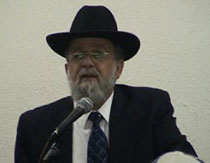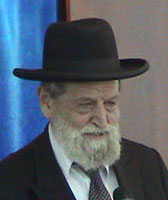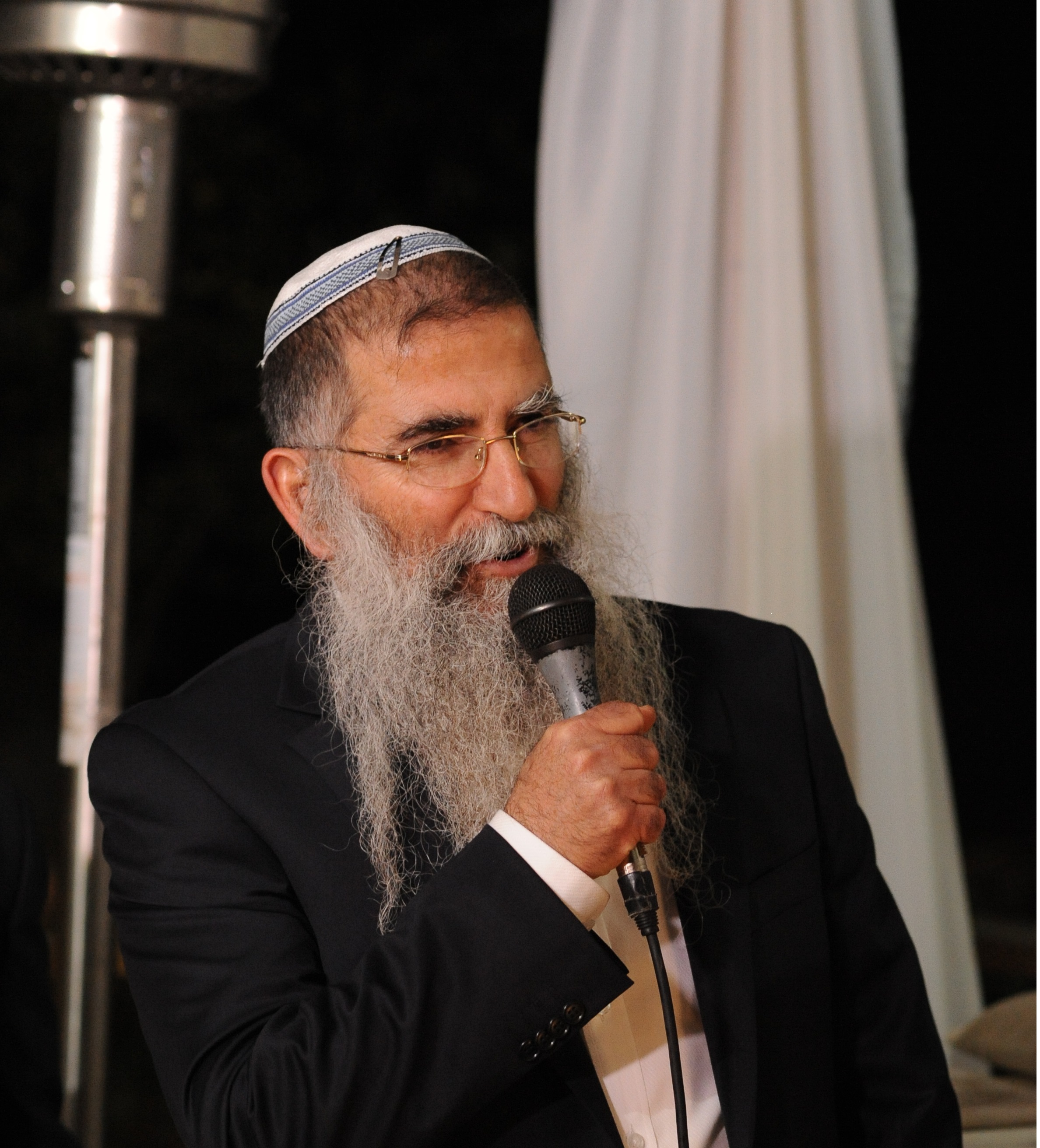Beit Midrash
- Sections
- Chemdat Yamim
- Bemare Habazak - Rabbis Questions
Answer: There are different levels of muktzeh l’mitzvato. The gemara(Sukka 9a) derives from shared terminology between a sukka andkorban chagiga that just as the latter is off limits for people due to its holy status, so too the "wood of sukka" becomes forbidden. This is a Torah-level law (Tosafot, Beitza 30b). There is a machloket whether it applies only to the s’chach (Rosh, Sukka 1:13) or even to the walls (Rambam, Sukka 6:15). There is also discussion about if it applies only to the minimum size of the sukka and whether it applies after it has fallen down (see Tosafot, ibid.; Beit Yosef, Orach Chayim 638).
However, there are Rabbinic extensions of this basic concept. Thegemara (Shabbat 45a) discusses the Rabbinic prohibition of muktzeh in regard to leftover oil from Chanuka candles and sukka decorations (noyei sukka), due to the fact these are set aside for mitzva use. Agemara earlier in Shabbat (22a) implies that the reason it is forbidden to use noyei sukka for other things is bizuy (degrading a) mitzva. Tosafot (ad loc.) says that both reasons are needed, as muktzeh does not apply on Chol Hamoed and bizuy does not apply after they fall. The Ran (Beitza 17a in the Rif’s pages, citing the Ramban) distinguishes between the categories as follows: the wood of the sukka is forbidden based on Torah law, use of the objects during the chag is because of bizuy mitzva, and muktzeh explains why the prohibition continues throughout the eighth day.
The Rama (638:2) points out that on Shabbat and Yom Tov, the decorations’ muktzeh status precludes moving them, like other forms ofmuktzeh. The Gra (ad loc.) explains that anything from which one may not get personal benefit is muktzeh (apparently, unless its mitzva use includes movement (e.g., an etrog)). Paradoxically, if the decoration fell, one should not move it on Shabbat/Yom Tov even if one could have thereby returned it to use as a noy sukka. Similarly, one cannot move them to protect from the rain, thus enabling future use. The Biur Halacha (ad loc.) discusses the case of decorations falling on the table and disrupting the Yom Tov meal – whether they can be moved directly or indirectly to facilitate the continuation of the meal.
Regarding the Torah-level or Rabbinic-level prohibition against use of objects connected to mitzvot, there is no issue with moving the object per se except on Shabbat and Yom Tov. Thus, one may move decorations on Chol Hamoed or leftover Chanuka oil other than on Shabbat. (There is a machloket among contemporary Acharonimwhether decorations may be removed from the sukka on Chol Hamoedwhen one is not going to use them for something else – see Dirshu, ftnt. 638:19. Presumably, it should be fine to remove them in order to protect and later return them – see ibid. and Piskei Teshuvot 638:7).
There is a way to be able to remove and even use noyei sukka (not thesukka itself) for other things. The gemara (Beitza 30b) says that one can make an oral condition to "not separate himself from use of the objects when the days of Sukkot begin." When one does so, the decorations never develop the connection to the mitzva of sukka, and it is permitted to remove them from the sukka or use them for other things, even if they did not first fall (Shulchan Aruch, OC 638:2; Mishna Berura 638:19). Consequently, on Shabbat/Yom Tov, as well, they are not muktzeh. (That being said, many decorations are attached to the sukka in a way that forbids them from being taken from where they are attached due to melacha considerations. This applies on Shabbat and Yom Tov and, in some cases, even on Chol Hamoed.) There are requirements for how to make such a condition, and for that reason the Rama (638:2; see dissenting view in Mishna Berura 638:23) prefers that people not rely upon it.

Bemare Habazak - Rabbis Questions (628)
Rabbi Daniel Mann
229 - Non-Leather Footwear on Yom Kippur
230 - Moving Fallen Decorations on Sukkot
231 - Color of the Inside of the Retzuot (Tefillin Straps)
Load More

Ask the Rabbi: Rubbing Cream on Someone who Accepted Shabbat
Rabbi Daniel Mann | Cheshvan 5786

Ask the Rabbi: Having a Non-Jew Build a Sukka and Assemble Arba’a Minim
Rabbi Daniel Mann | Tishrei 5786

Ask the Rabbi: Minyan or Tallit and Tefillin?
Rabbi Daniel Mann | Tammuz 5785




















